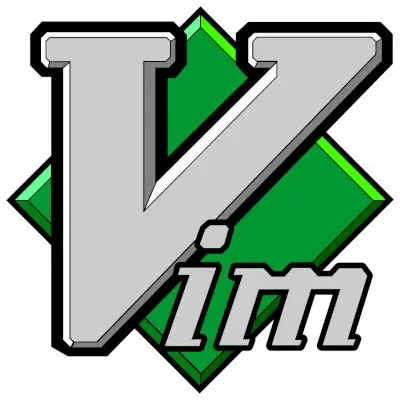I do that with appimages as they support a portable home. And that location can be moved around.
You can’t get bubblewrap sandboxing with appimages in a user friendly way though, but I think I will start working on that (yes I’m serious).
Flatpak hardcoded ~/.var which I found a really bad decision and they had several issues opened on this which went really bad if you ask me:
https://github.com/flatpak/flatpak/issues/46



Do you mind telling me the application list so I can check that myself?
Kinda odd, I didn’t even know it was using 3 different runtimes until very recently, I just installed the biggest applications that I had as appimages to make the comparison, and yuzu because I use that one very often lol.
EDIT: Don’t you think that on itself isn’t problematic by design?
How should I have phrased my comment so that I wasn’t bashing flatpak?
Such as?